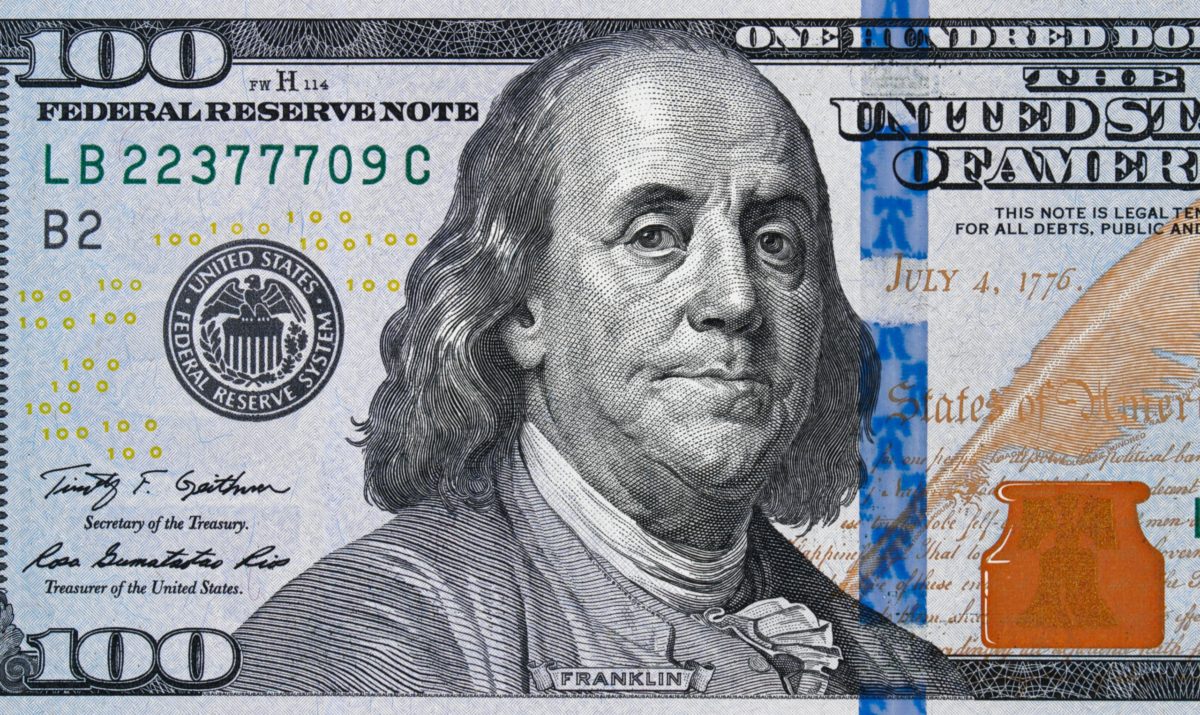The dollar edged lower in early European forex trade on Friday after the week’s gains. Traders assess the latest inflation data and how it can potentially impact the Federal Reserve policy.
The factory gate price data in the United States was released on Thursday showing that the producer price index rose 0.6% in April following a 1.0% surge in March.
The annual figure soared to its biggest year-on-year rise at 6.2%. This was since the series was revamped in 2010 and followed a 4.2% jump in March.
Inflationary pressure is building up in the U.S. as suggested by the rise in consumer prices. Vaccine rollouts signalled a reopening of their economy that is supported by their government’s stimulus.
With that, Fed officials have been trying to point out that they had expected a spike in inflation. They were at pains to say that it would prove to be transitory. Among the Fed speakers was Fed Governor Christopher Waller.
At a virtual event on Thursday, Waller said that the factors putting upward pressure on inflation are temporary. He said an accommodative monetary policy continues to have an important role to play in supporting the recovery. They will not overreact to temporary overshoots of inflation, he added.
Currencies Movements in Forex Trade
The Dollar Index was down 0.2% at 90.532 at 3:05 AM ET (0805 GMT). The figure is still around 0.5% higher this week.
EUR/USD traded 0.3% higher at 1.2109, while GBP/USD inched up 0.1% at 1.4068. USD/JPY lost 0.1% at 109.39. With Antipodean currencies, the AUD/USD added 0.2% to 0.7744, while NZD/USD gained 0.3% to 0.7192.
On yields, Benchmark 10-Year U.S. Treasury yields failed to rise to any great degree after the PPI data. It is now trading around 1.65%.
ABN Amro analysts in a note said that although they are likely to see blockbuster growth in the second half of the year, economic growth will likely slow next year. That will be to a strong but less impressive growth rate, it added.
Overall, they do not expect sustained high inflation over the coming years. However, it is certainly a risk to watch, the analysts said in the note.
The focus for today will be on U.S. retail sales for April. It should remain strong after a 9.7% increase in March. Moreover, the industrial production numbers and consumer sentiment for May.
















